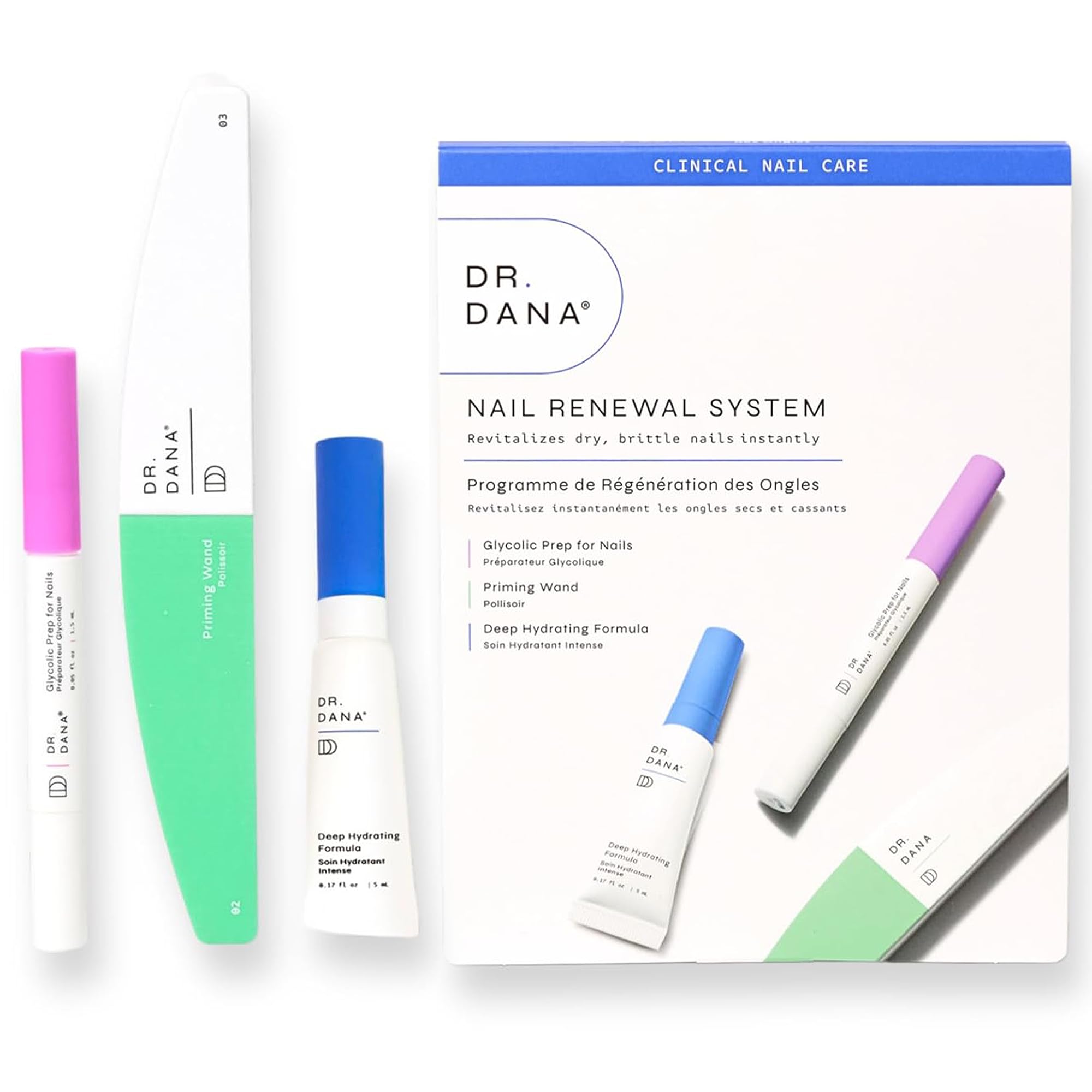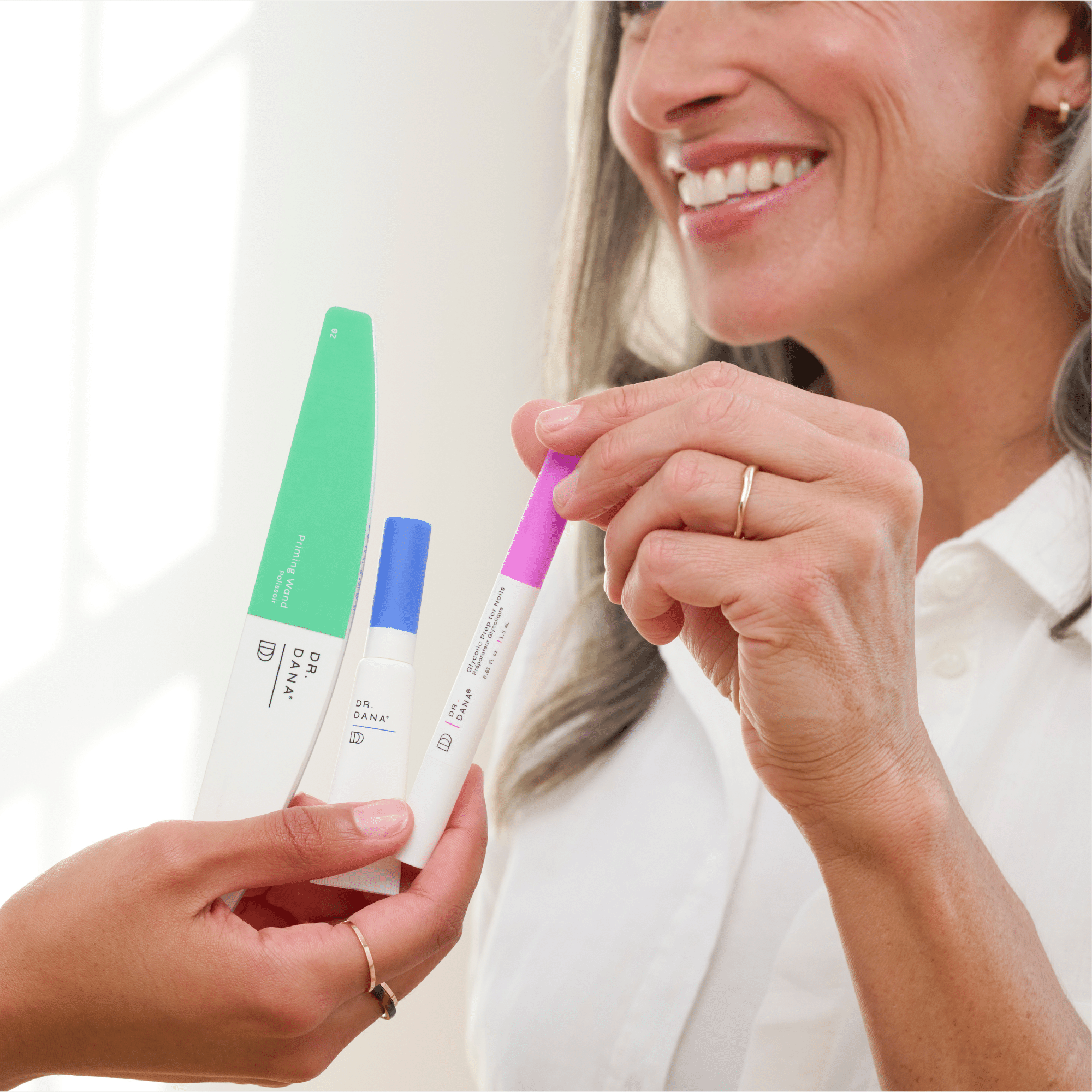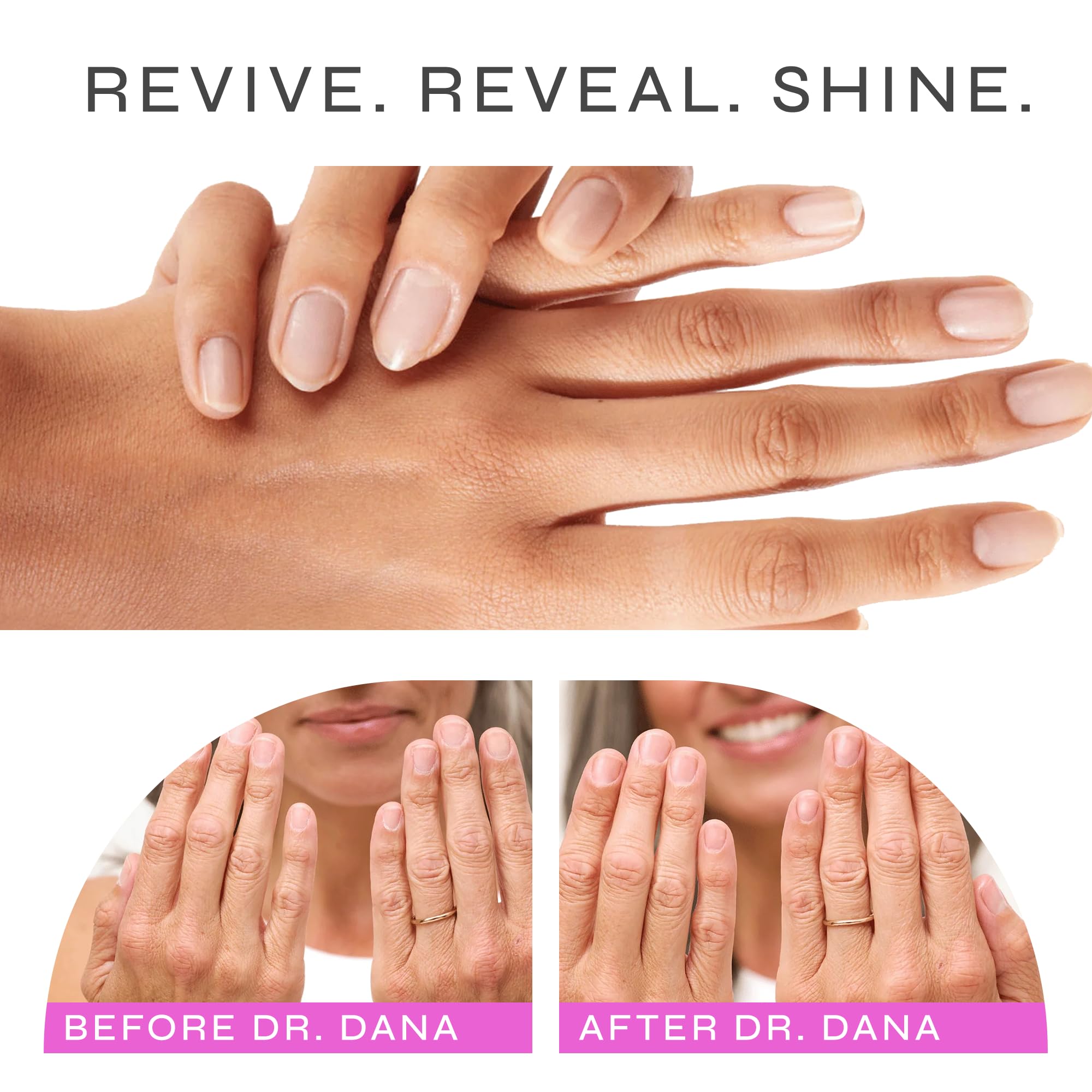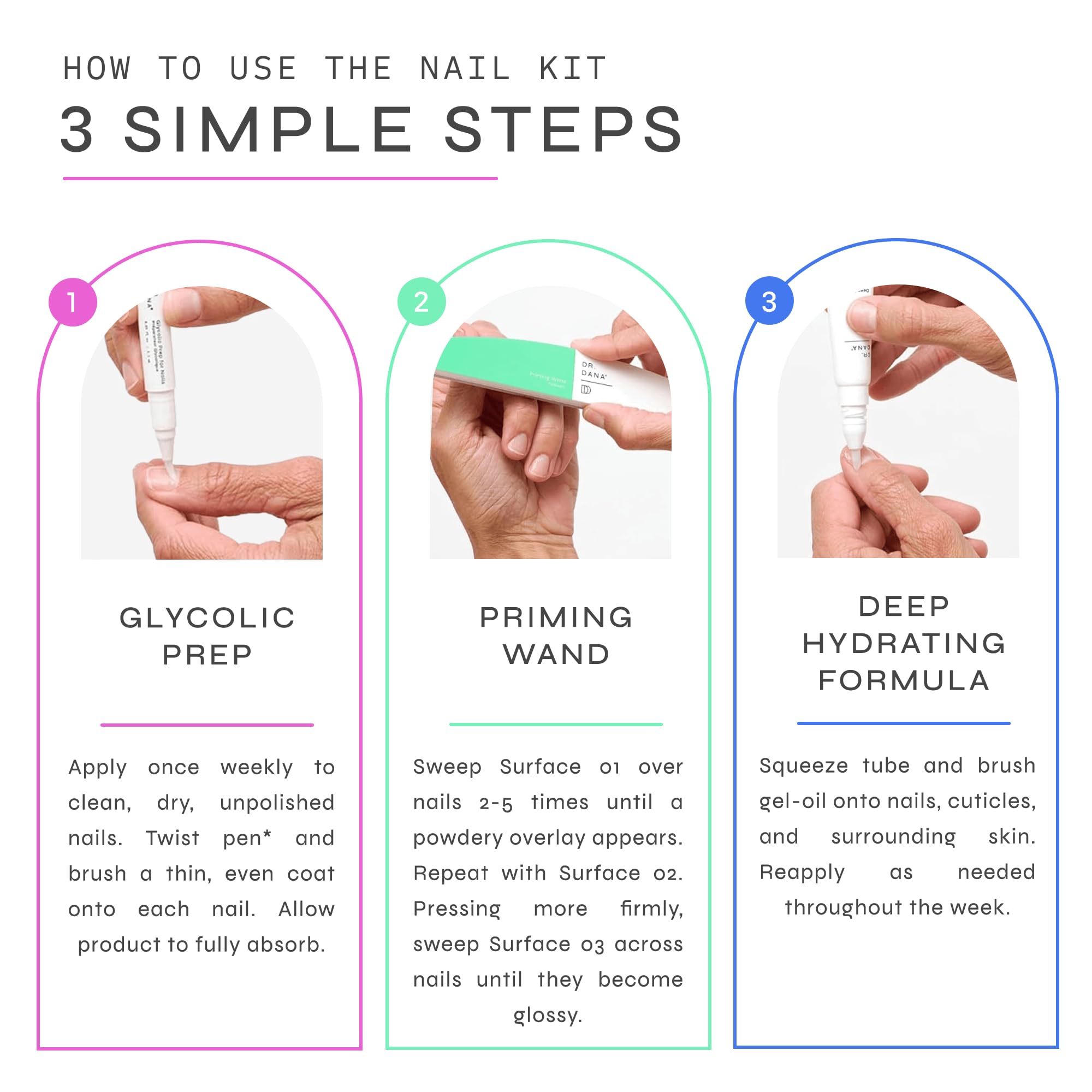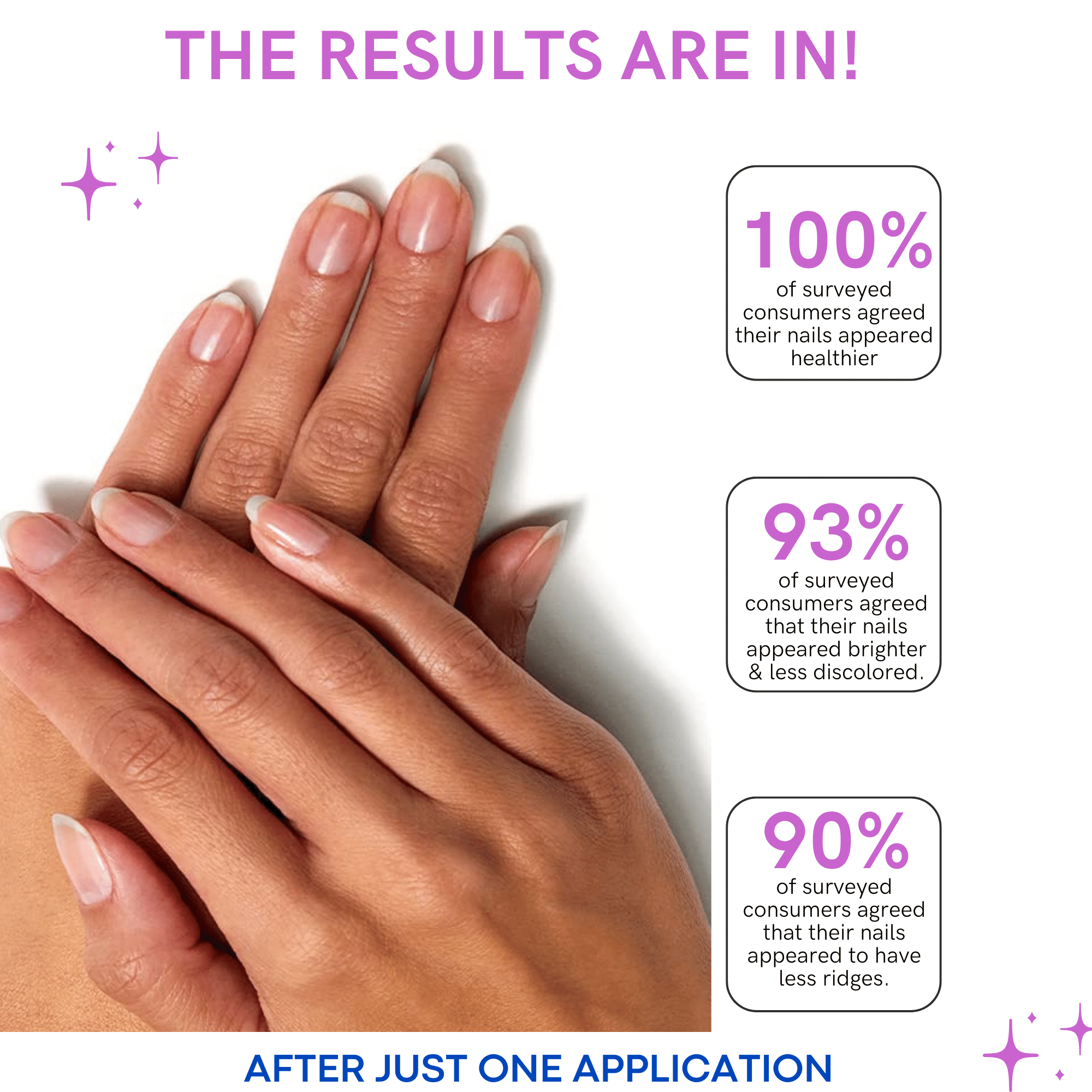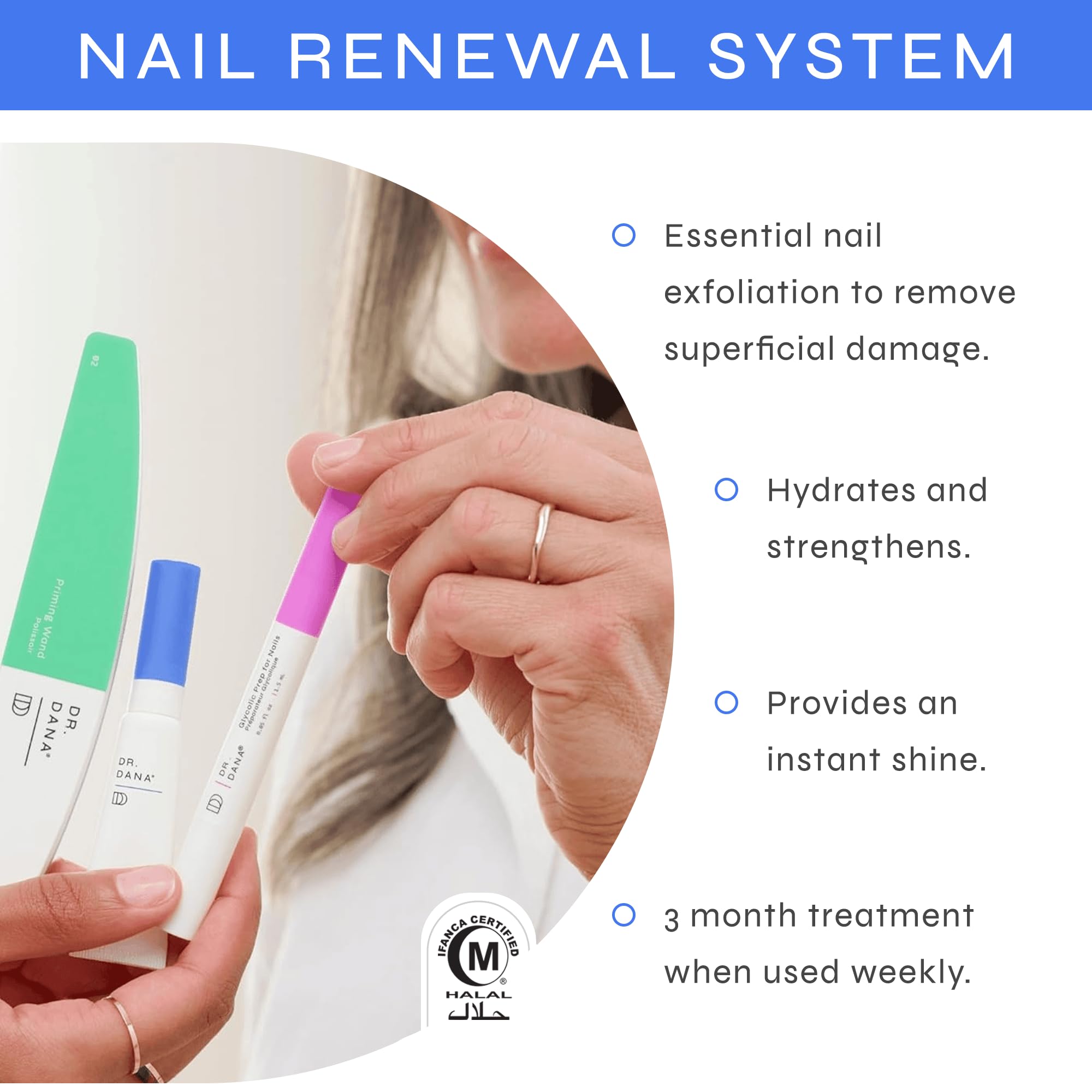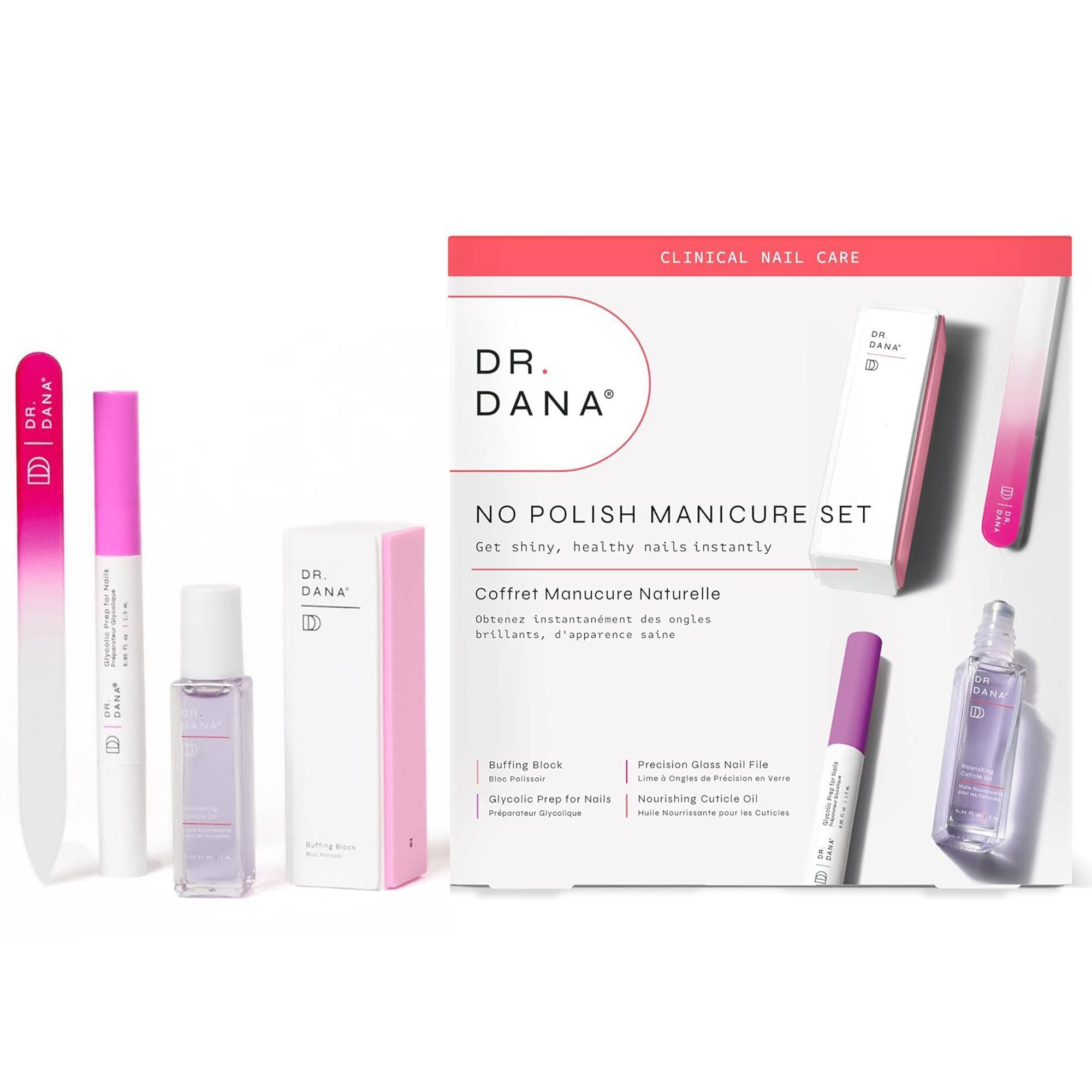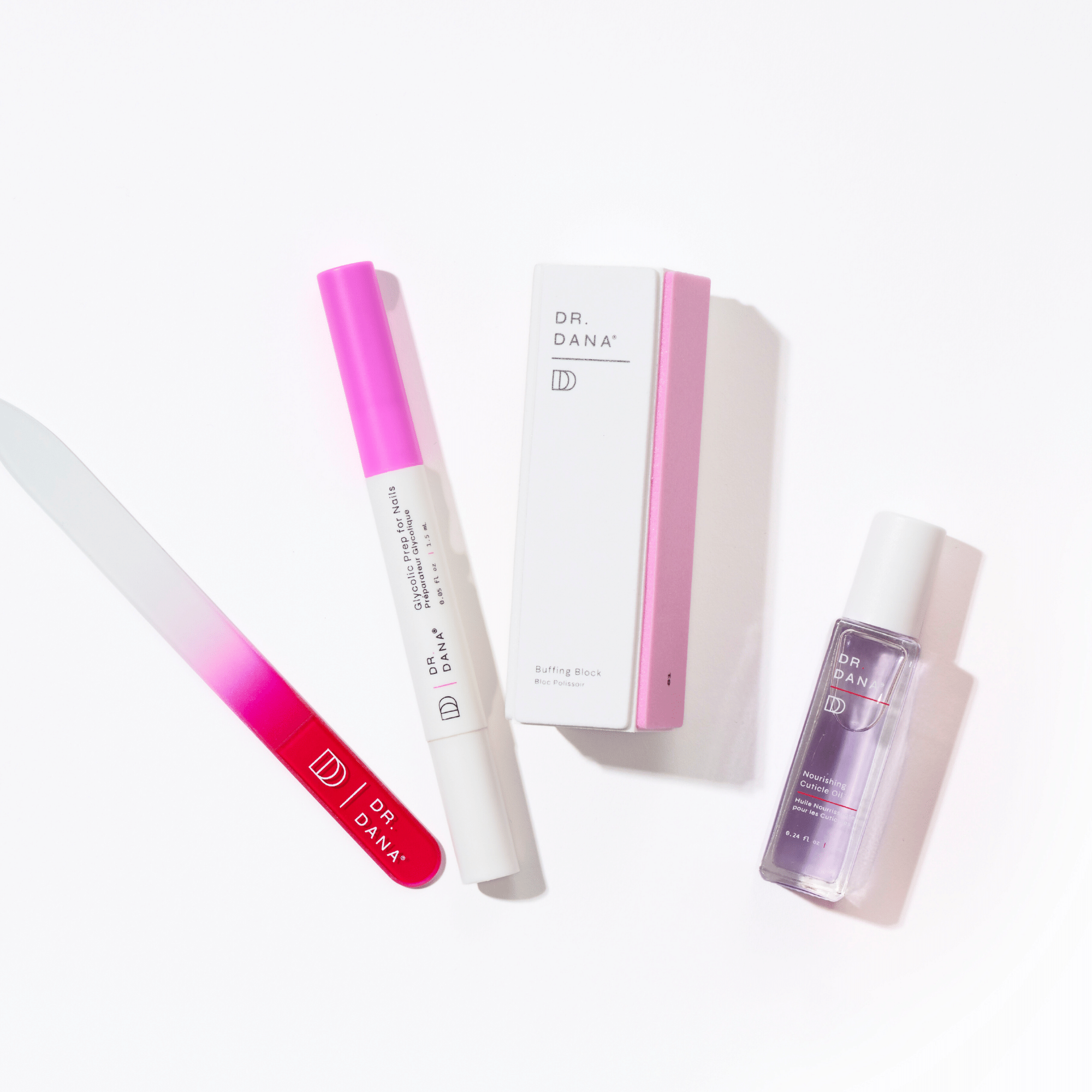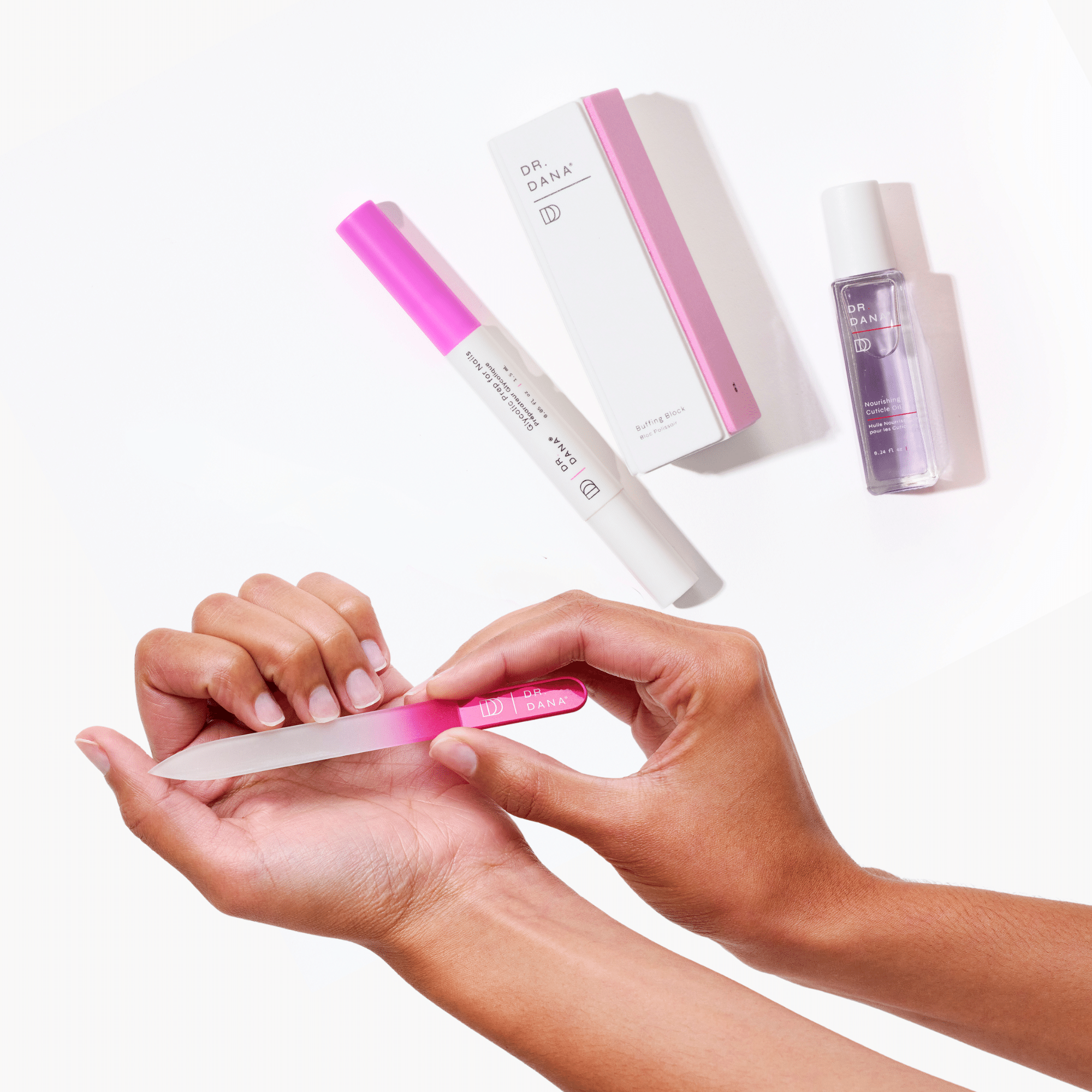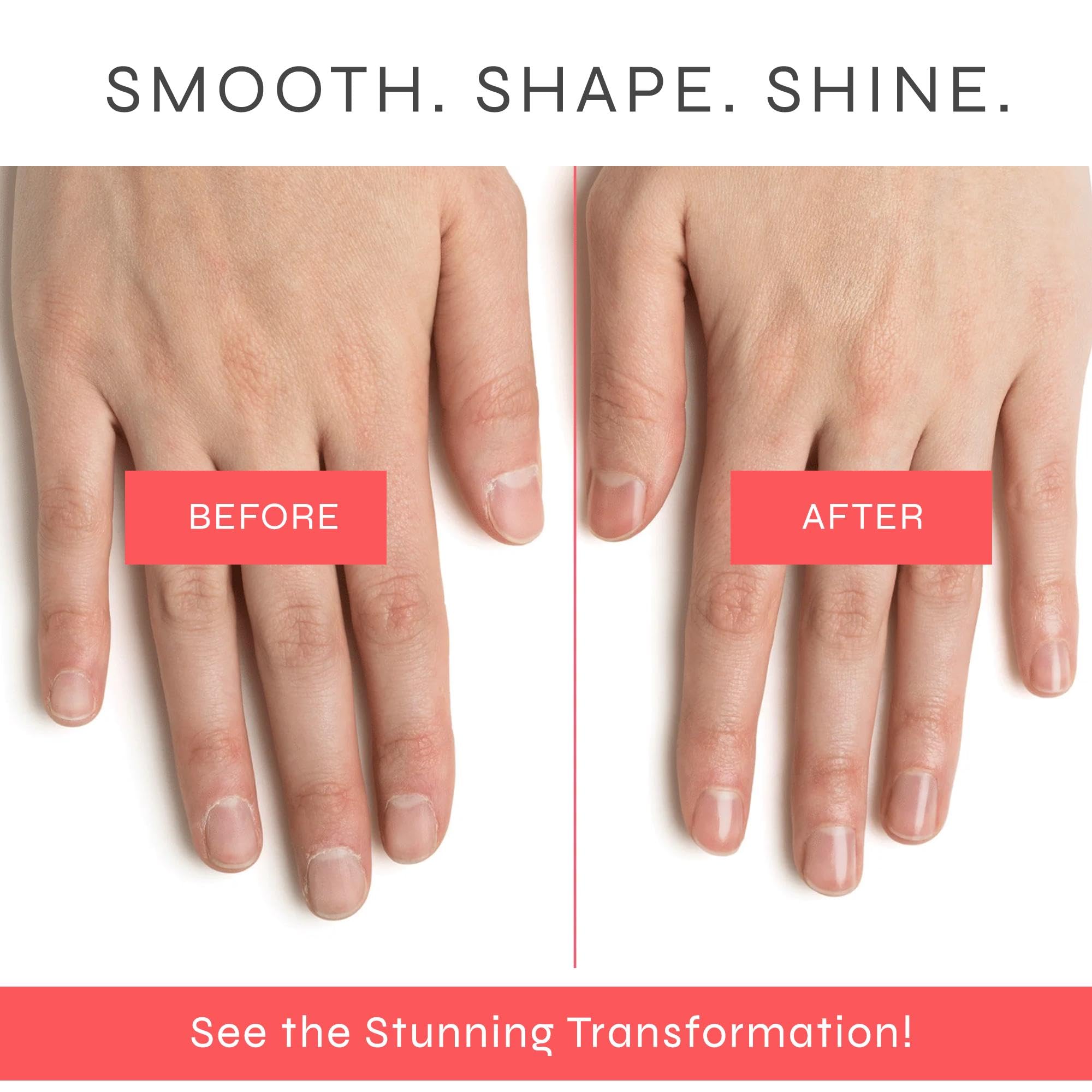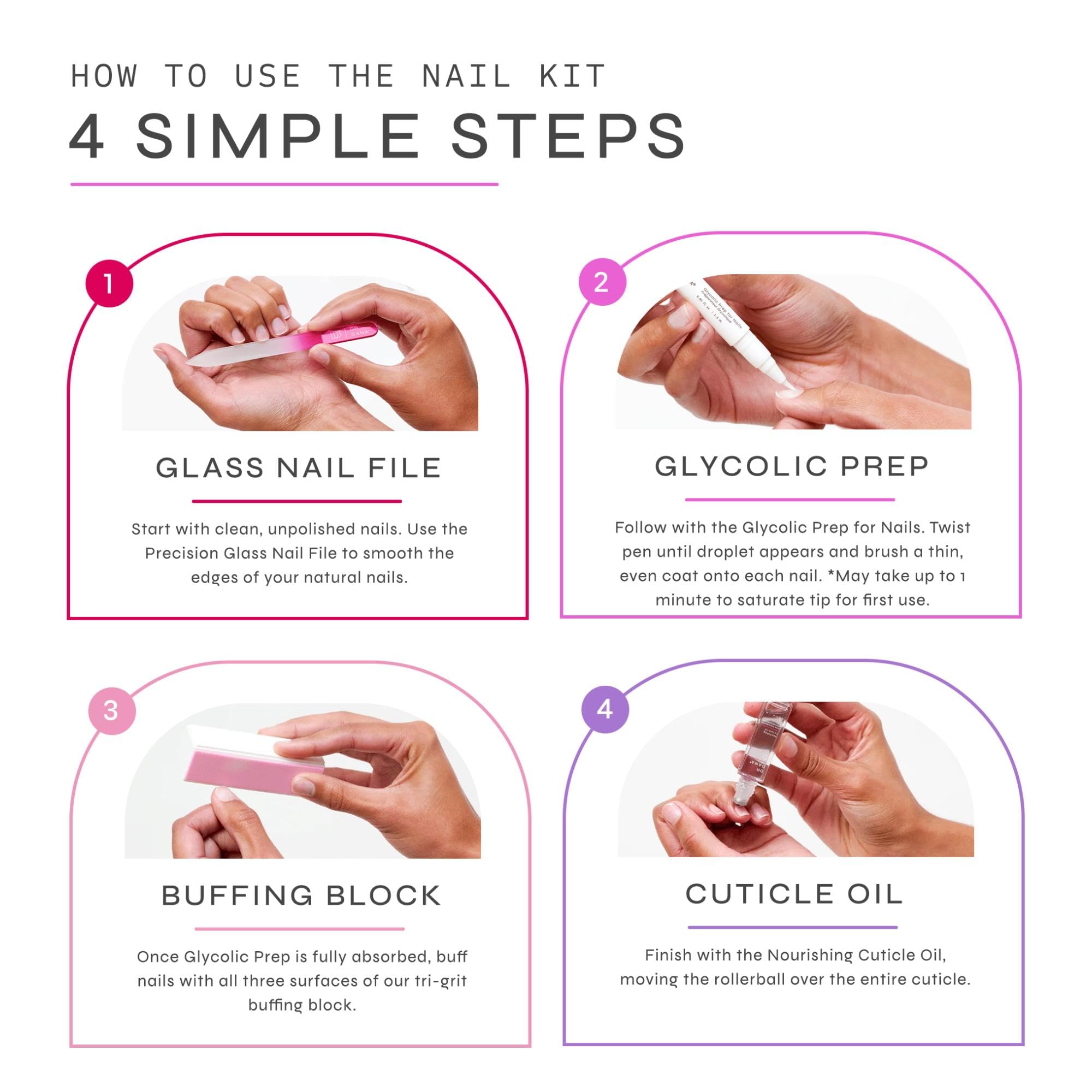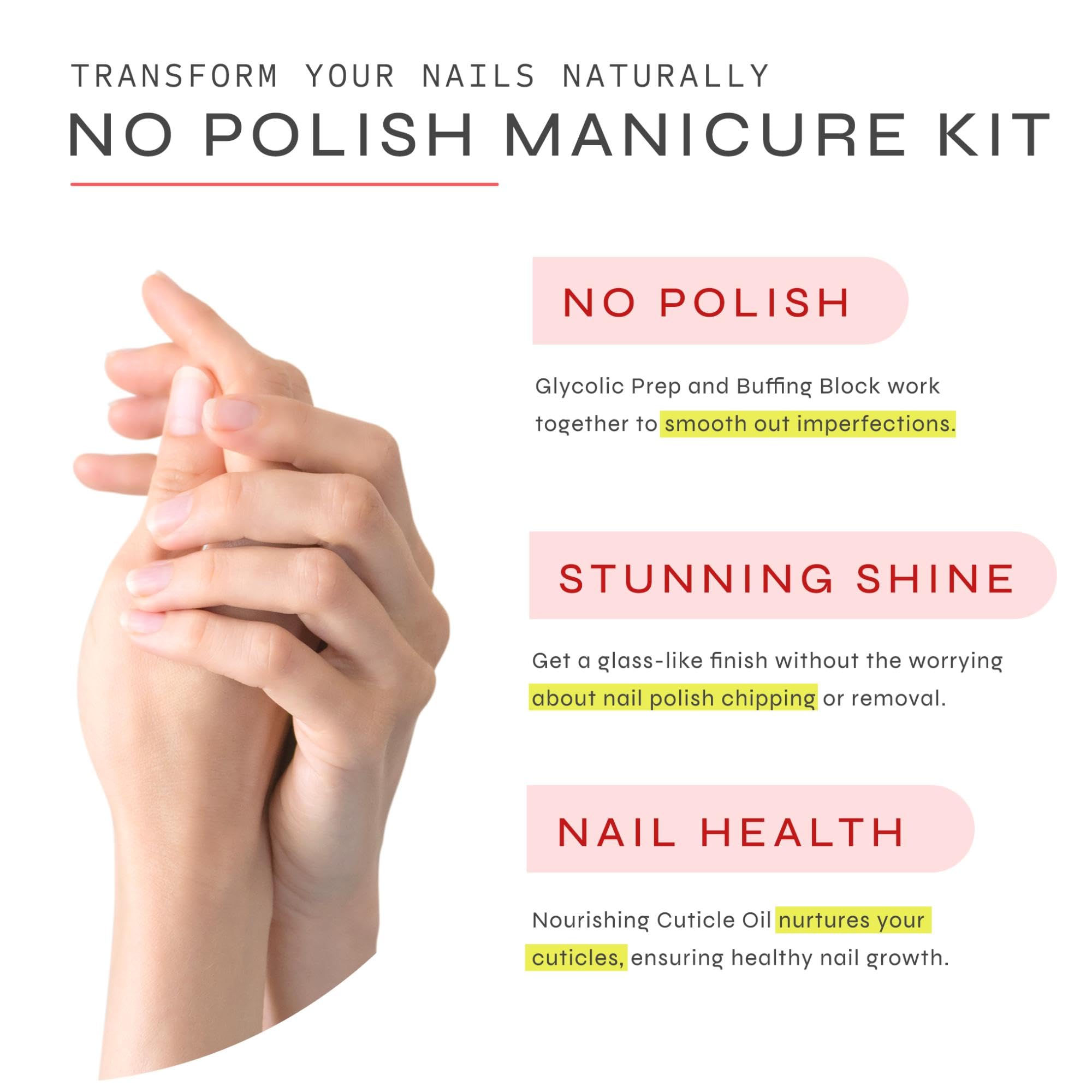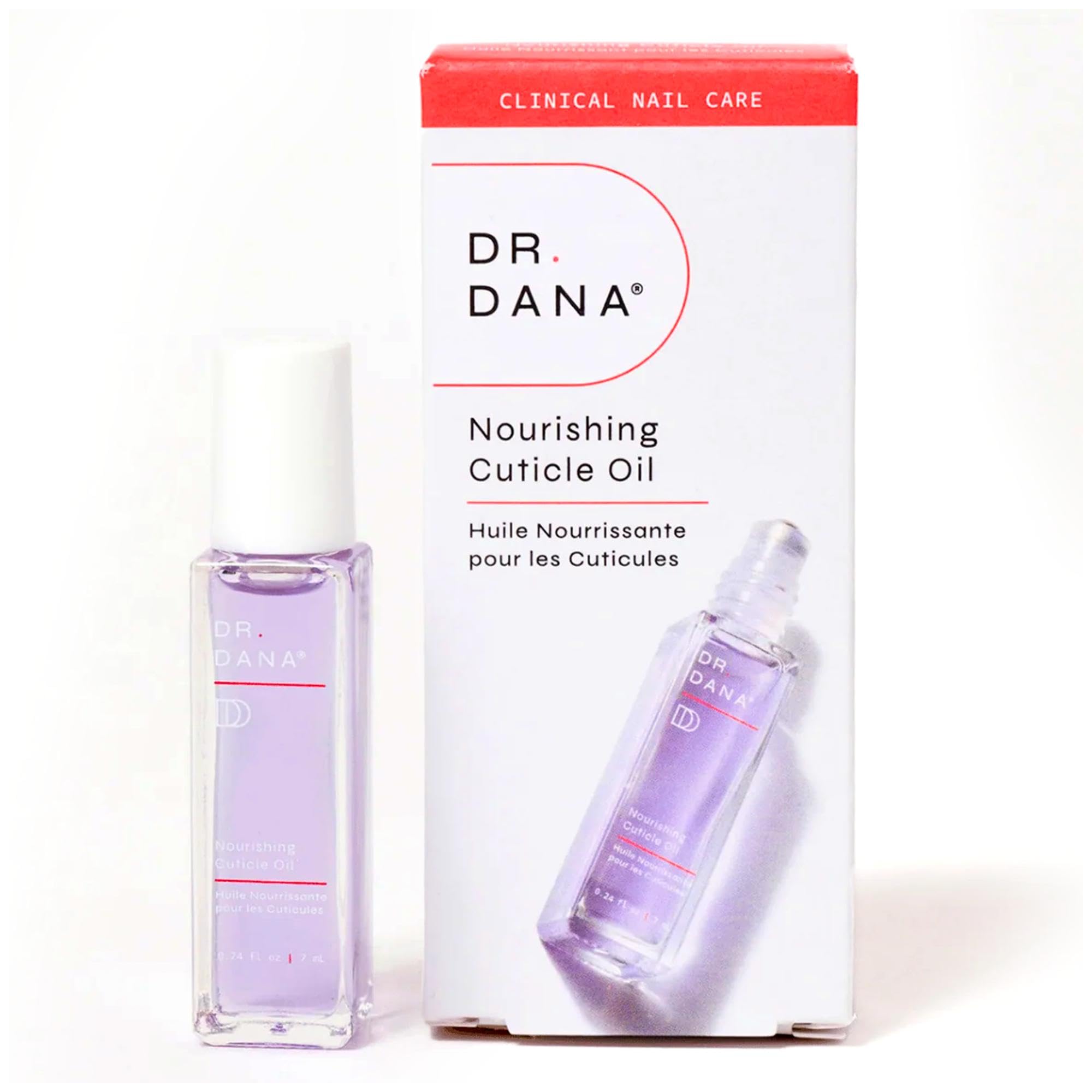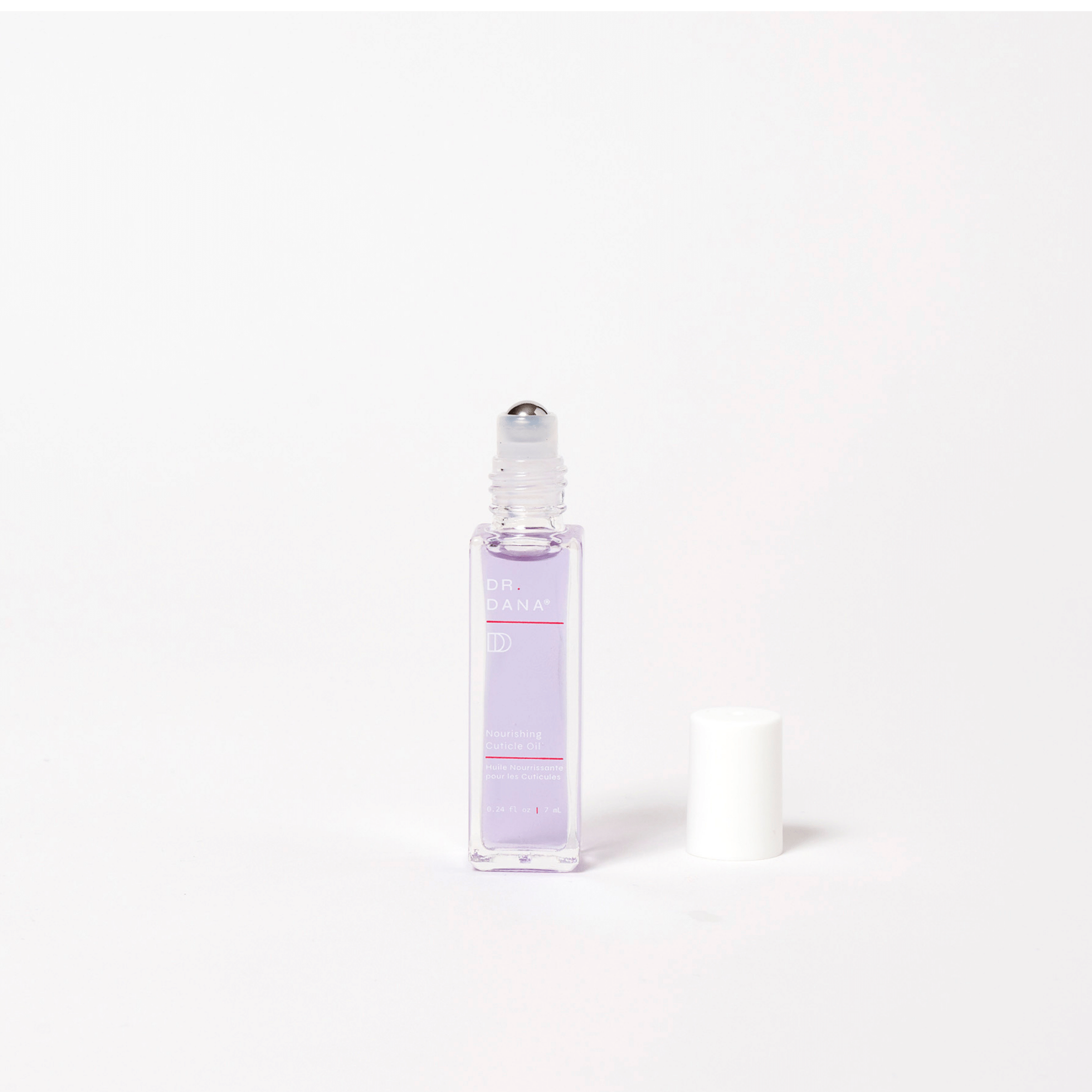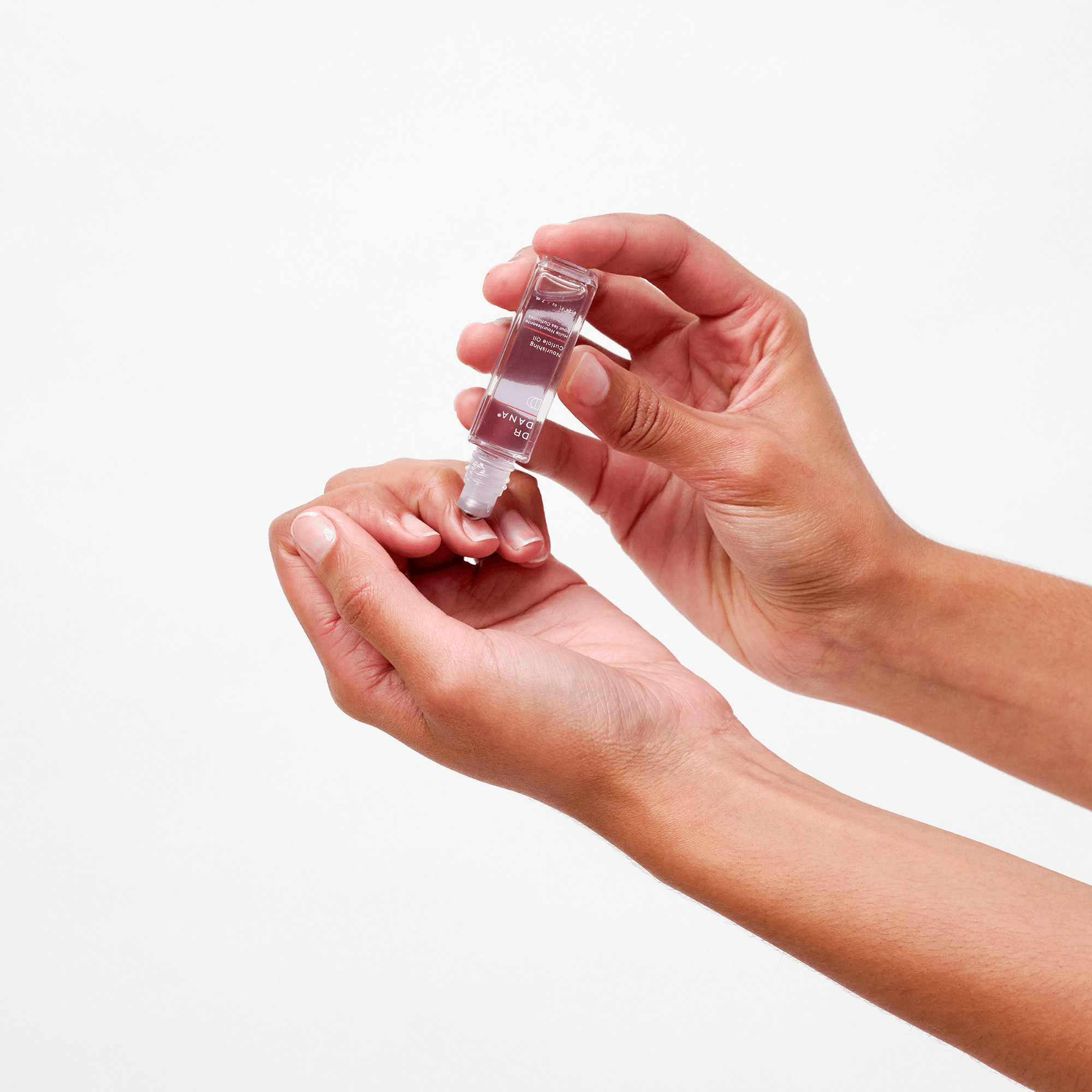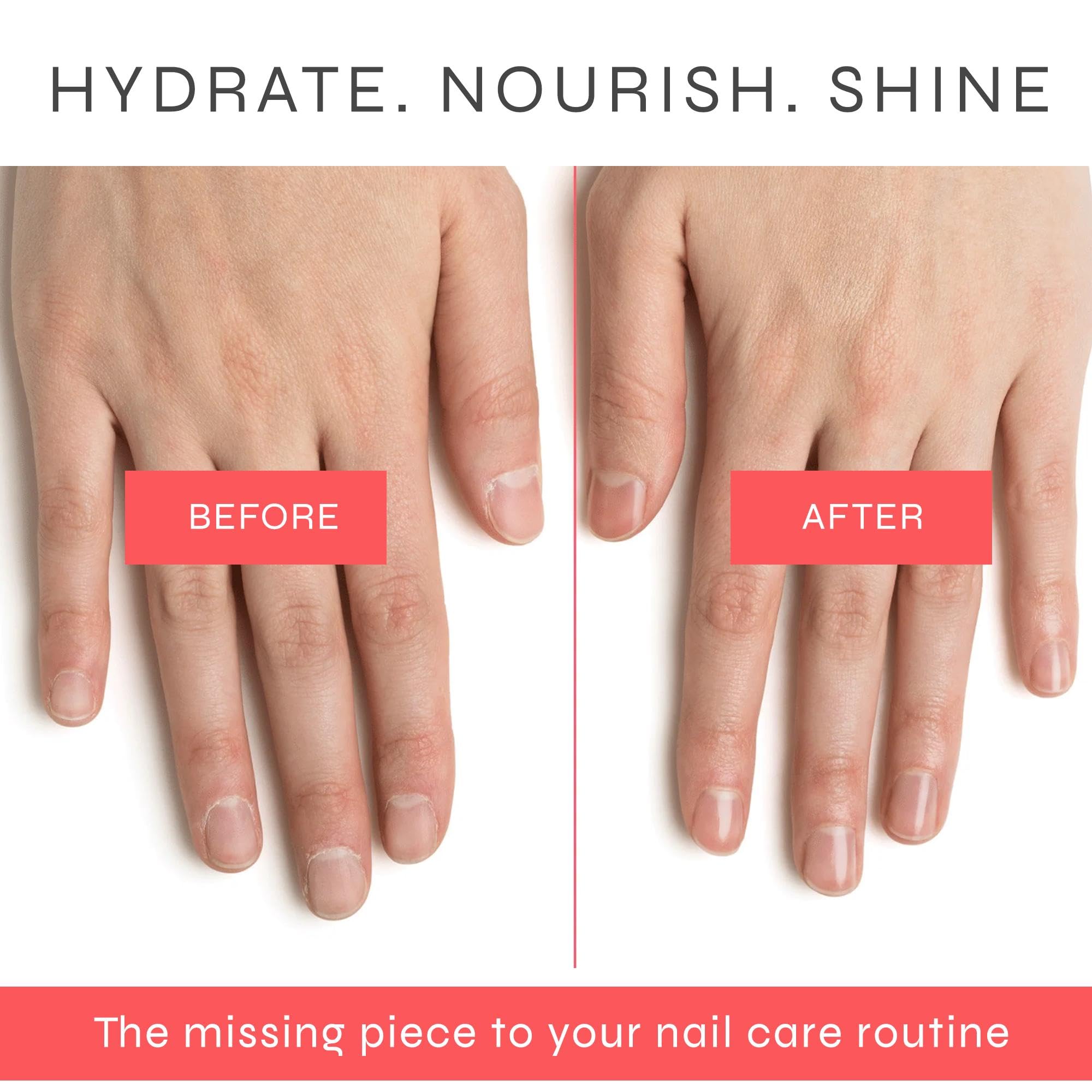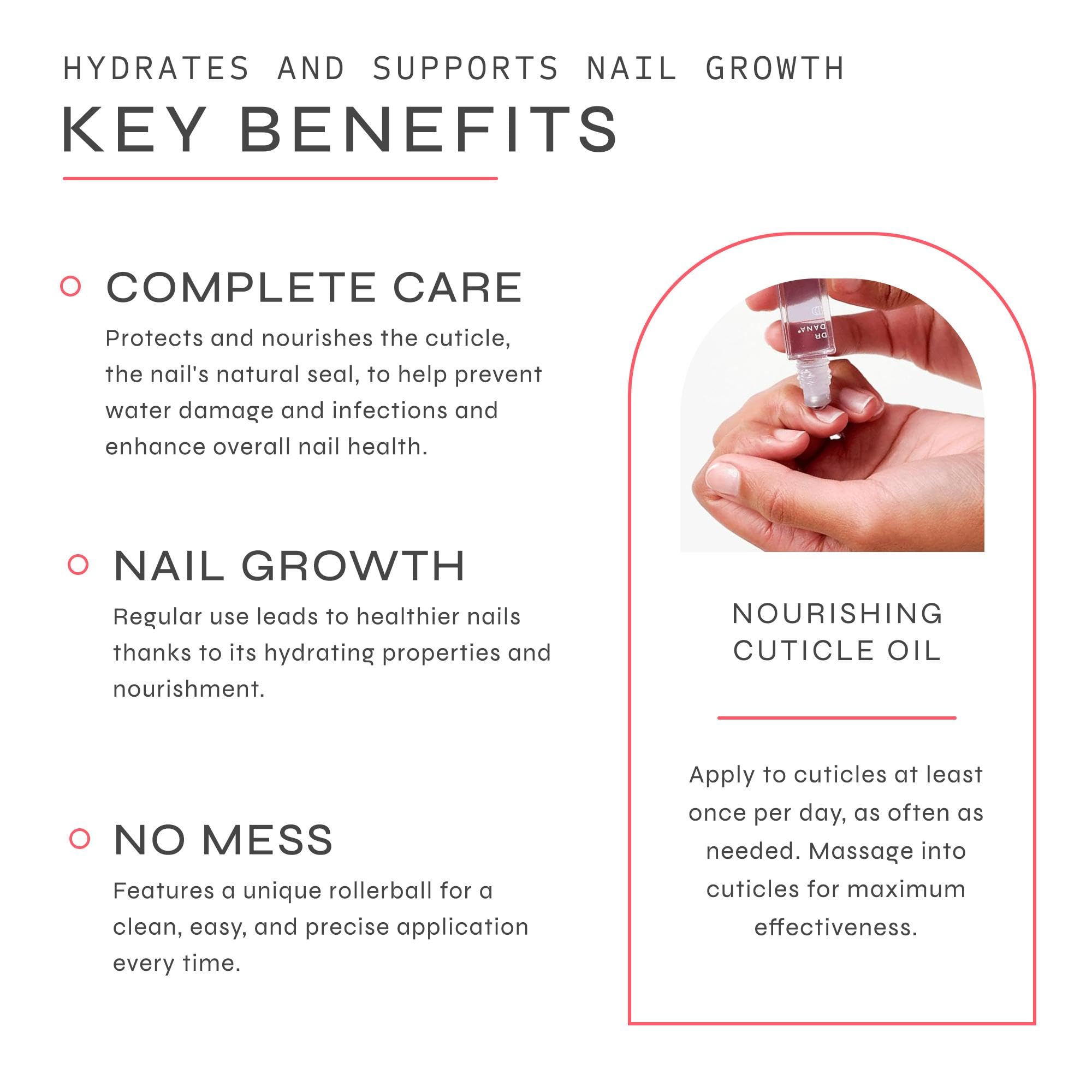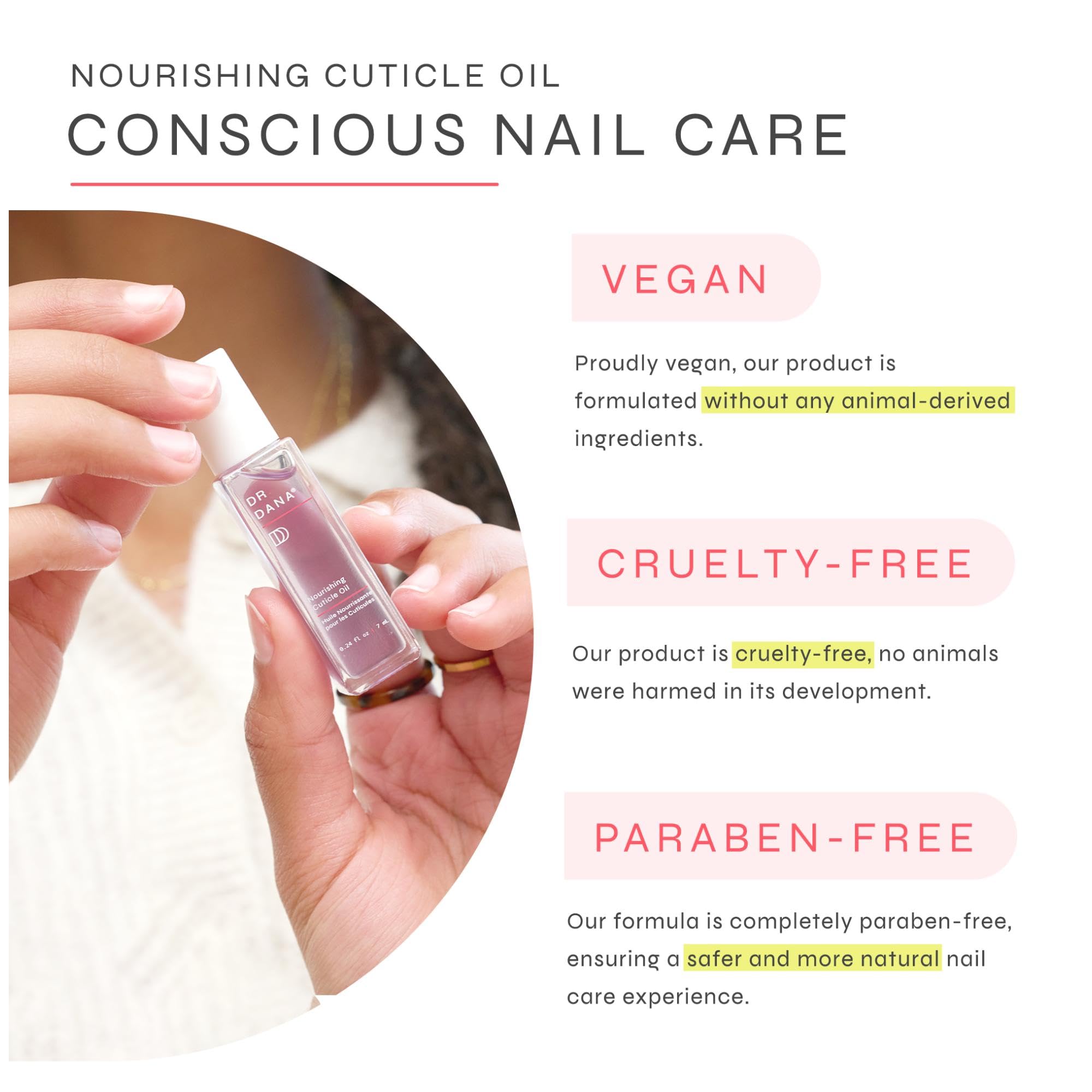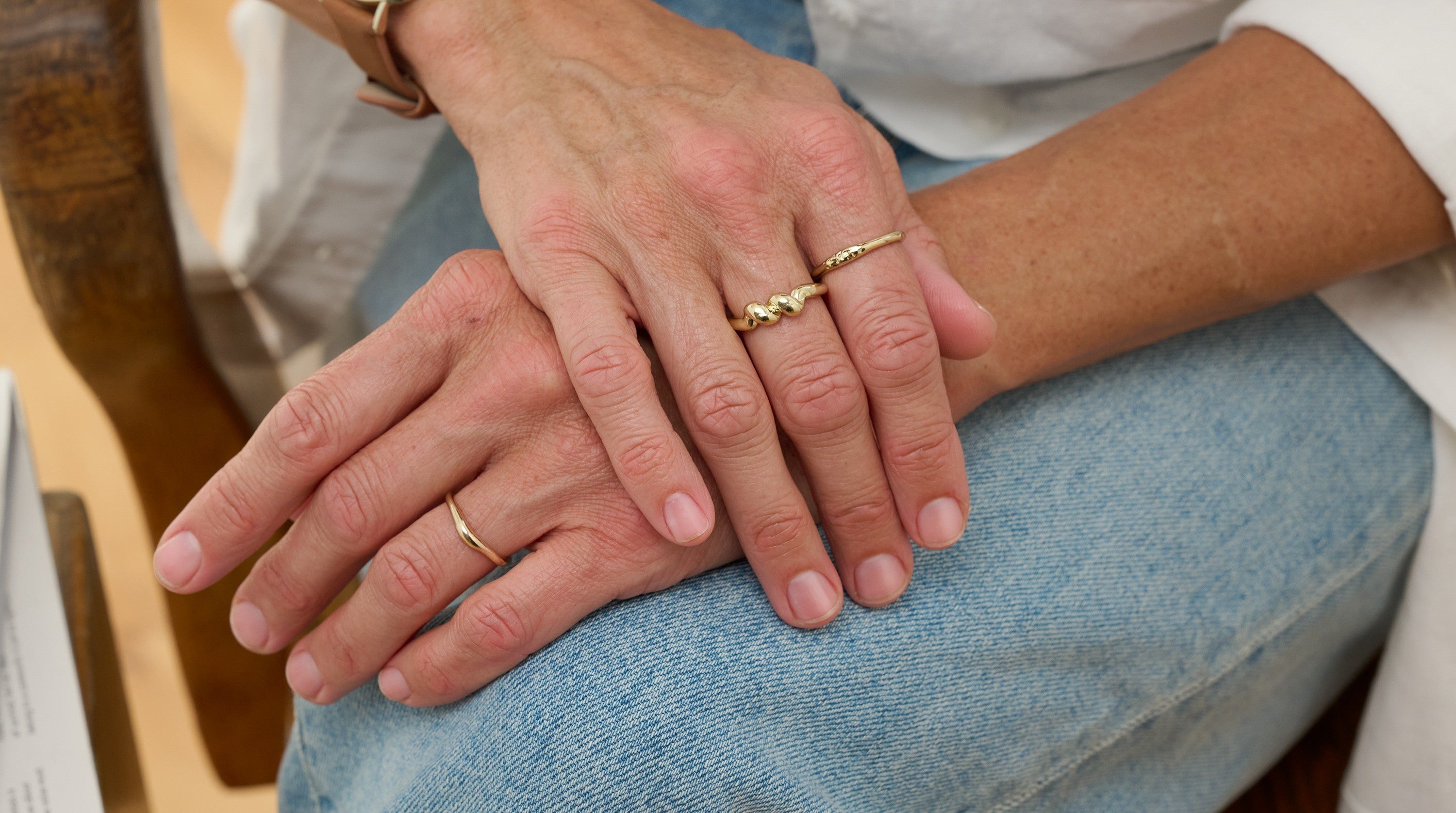Nail biting and nail picking are habits many people struggle with. In fact, they are so common that most of us either know someone who does it or have done it ourselves. While these behaviours can feel frustrating or embarrassing, they are nothing to be ashamed of. Understanding the psychology behind them is the first step toward breaking the cycle and protecting nail health.
Why Do People Bite Their Nails?
Experts often point to three main reasons why nail biting occurs:
- Stress and anxiety – No surprise here. Nail biting can act as a quick release of nervous energy. It provides a physical outlet when emotions feel overwhelming.
- Boredom or a lull in activity – When the mind does not fully engage, idle hands can drift toward nails without much thought.
- The need for constant motion – For some people, the habit functions like a built-in fidget. It can feel soothing to stay in motion even when sitting still. Fidget toys are popular for a reason. Many of us engage in seemingly involuntary small movements without taking note.
Recognizing which of these reasons applies most to you can be an important first step toward change.
Nail Picking Psychology: Understanding the Behaviour
Nail biting and picking are not just “bad habits.” Psychologically, they often connect to deeper behaviours, such as:
- Stress response – Repetitive actions can calm the brain for a short period of time and create a sense of relief.
- Anxiety management – During stressful moments, nail biting may happen automatically as a way to cope.
- Mild OCD tendencies – For some, these behaviours overlap with obsessive-compulsive patterns, where repetitive actions provide a sense of control.
It is important to note that occasional nail biting is usually harmless, but when it becomes chronic it may signal that your body and mind are searching for ways to handle stress or restlessness. Of course, if you have reason to believe that you are dealing with serious stress, anxiety or even an undiagnosed medical condition, seek support from your doctor or medical professional.
Common Triggers for Nail Biting and Picking
Most people are not even aware they are doing it until the behaviour is pointed out. Common triggers include:
- Stressful situations such as exams, deadlines, or high-pressure tasks
- Boredom or downtime when the mind has nothing else to focus on
- Watching TV, scrolling on a phone, or reading, which leaves the hands unoccupied
- Imperfections in the nail such as jagged edges, hangnails, or uneven surfaces
These triggers create a cycle where the habit feels automatic. Once someone repeats the behavior, they can reinforce it and make it harder to stop.
Potentially Healthier Coping Strategies
The positive news is that there are practical ways to redirect the habit without harming your nails. Some strategies include:

- Keep your hands busy – Stress balls, fidget tools, knitting, or doodling can provide alternatives when the urge arises.
- Practice relaxation techniques – Deep breathing, meditation, or a quick walk can help lower tension in the moment.
- Take care of your nails – Keeping nails trimmed, filed, and moisturised reduces rough edges that tempt picking. Using a dermatologist-developed treatment like the Dr. Dana Nail Renewal System can strengthen nails, smooth imperfections, and make biting less tempting.
- Replace the habit – Chew sugar-free gum, squeeze a stress ball, or practice a grounding technique when the urge strikes.
These simple steps can create new routines that support both nail health and emotional wellbeing.
Take the First Step Toward Healthier Nails
If you are ready to break free from nail biting and picking, our Nail Health Checkup can help. It is designed to assess the condition of your nails and give you tailored recommendations for restoring their strength and appearance. Start your Nail Health Checkup today and take a positive step toward healthier, more confident nails.



